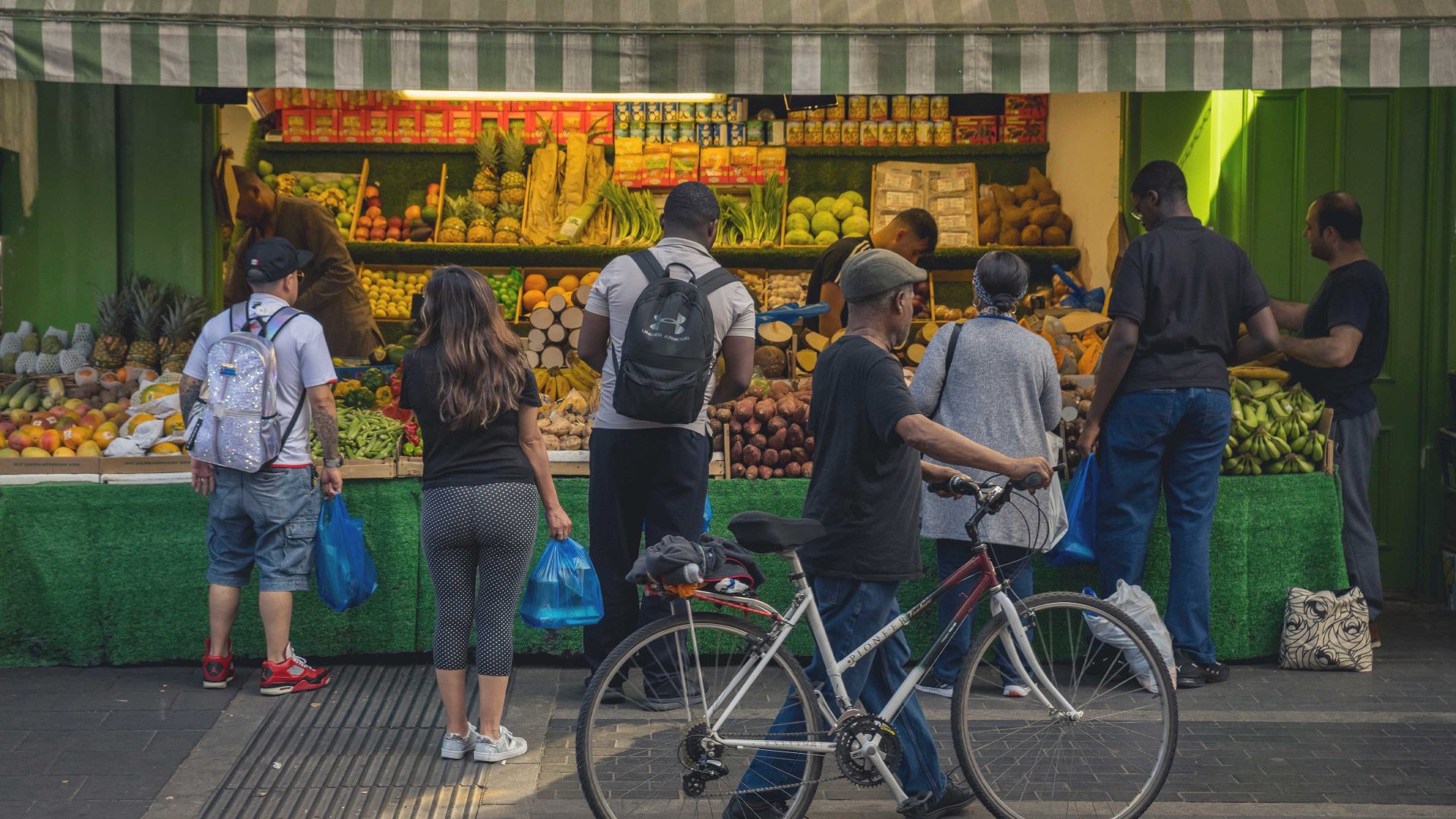My mother made me read a book called Jews Without Money when I was a kid – it was about the Lower East Side of Manhattan during the late 19th century – the most tumultuous period of migration to the wide-open New World from the teeming shtetls and ghettos of the old one.
She made me read it for the same reason she made me read Isaac Bashevis Singer’s The Manor, about the life of those migrants back in Poland, where the Jews had become hated by the Polish peasantry because the absentee aristocracy used them to manage their estates.
What was the point of this reading? As a half-Jewish boy who passed in the majority community, to inoculate me against antisemitic tropes – after all, it’s often mixed-race people like me who become the angriest of all about such divisions, given they run straight through us. Anyway, in England these declivities are often expressed spatially, and with a sharp declivity: unlike, say, in the States – or France for that matter – where there are ghettos and banlieues aplenty, here rich and poor live cheek-by-jowl; which means that black and white do as well.
In England, gentrification is the suitably genteel name given to class- and ethnic-cleansing by reason of rising property prices. In the 1980s, when the bobos were expanding their London territory north and west from Notting Hill Gate and Holland Park towards Kensal Rise, the so-called “front line” for street drug dealing, Railton Road (home of the Mangrove Club, epicentre of the African-Caribbean community for decades), became the debatable land between haves and have-nots.
So much so, that I remember a rich, white couple I knew at the time, who moved into a house immediately north-west of the Mangrove – and then had to sell it, having established a rich, white redoubt they were unable to hold.
Down here in Brixton centre ville, the issue over the past decade or so has been whether gentrification – in the form of white-friendly vaguely hipster businesses – would win out against a local economy that’s typified by high footfalls and low margins. We’re talking about the guys who sell linseeds and agave on the corner of Pope’s Road – and a lot of costers in Electric Avenue, with mangoes, guavas, and other stuff that the burgeoning black middle-classes were still driving in from the sticks to buy up until a few years ago.
At least, that’s what Stuart, who used to run the small traders’ association, told me – he said the demolition of the multistorey car park, and its replacement by the odious Pop box park – a pile of pseudo-shipping containers, full of bao bun pushers and crappy cocktail joints, grouped around a giant VDU – was the beginning of an end that would finally come when Transport for London jacked the rents up on the retail spaces in the railway arches.
Well, sad to relate, this has happened – but while Stuart’s watch-repair stall has indeed gone, many other new businesses have arrived, while there are still plenty of fruit stalls, and ones flogging cow feet and ackee, and cheap clothes and houseware. Indeed, if anything, Brixton seems livelier than it has done for years – which is not for a second to make light of the very obvious poverty and distress on view as well. Ever since Brian Paddick was district commander here there’s been a tacit policy not to harass cannabis smokers and users, but this often seems to extend to the toleration of…
Well, I saw a guy dealing crack right outside the nick the other day – while a couple were walking past him, who wouldn’t’ve looked out of place in Sloane Square. Meanwhile, inside Brixton Village, one of the old shopping arcades that typify the locale, the range of enterprises is bewildering, from specialist African grocers to fancy soap boutiques.
The interesting thing about the latter is that it’s a business owned and run by a young black woman. There’s also a crepe joint run by a Kabil guy – and over in the main Brixton arcade there’s a fancy deli and food shop called the Black Farmer.
What Stuart didn’t anticipate is that the same vector that brought white and vaguely trendy businesses to Brixton would also bring black ones. I don’t want to make too much of this anomaly – Christ knows, the overall tendency in this society is towards greater polarisation and sharper declivities – but for now central Brixton presents a curious spectacle of positive intersectionality, such that if you squint your eyes you can imagine some Black English mother of the future encouraging her child to read a book called Blacks Without Money.



